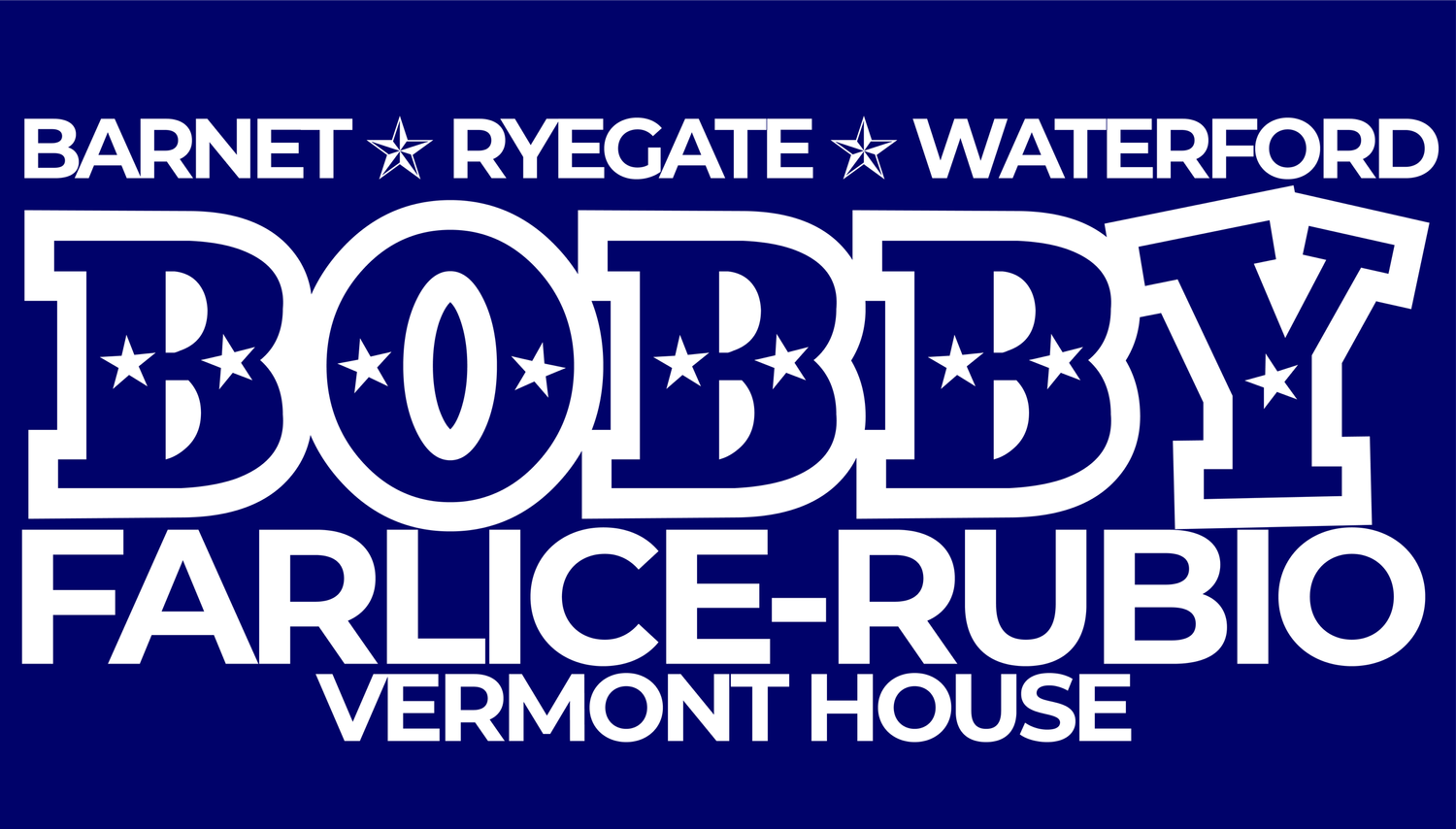Caledonia One:
Barnet, Ryegate, and Waterford
Three towns nestled together along the Connecticut River. Three towns with shared histories, and a common future.
Our Community
All of Caledonia One is contained within Ndakinna, the vast and beautiful homeland of the Abenaki people who have lived here, and remained here, since the last Ice Age. The village of Passumpsic, shared by Barnet and Waterford, still bears its original Abenaki name, as does the river that flows through it.
After the end of the French and Indian War, people from the 13 American Colonies and other parts of the British Empire began the creation of new towns along our stretch of the Connecticut River. Barnet and Ryegate were both chartered in 1763, and they were populated in an unusual way: The Scotch American Company hired a surveyor to make maps of these two towns, and hopeful Scots bought their land plots before setting foot on American soil! Waterford was founded in 1783, shortly after the end of the Revolutionary War and the birth of the United States.
Since that time, scrappy determination and hard work have been the primary way of life for our three towns! Our many energetic streams and rivers have powered many innovative mills. Our fertile land has raised endless crops of vegetables and multitudes of sheep and cows. Our towering forests have helped make untold numbers of homes and buildings, while also producing uncountable reams of paper for books, newspapers, and works of art. How many edifices, mantles, and memorials have been built from Blue Mountain’s granite? The entire world has already benefitted from the materials, goods, and services that our three towns have made. The most important resources produced in Caledonia One, without a doubt, are the brilliant and rugged people that live here.
Barnet
population: 1,663
The town of Barnet has many villages: McIndoe Falls is just north of the Ryegate border, Passumpsic is on the edge of Waterford, East Barnet is near the historic Comerford Dam, West Barnet is on the shore of Lake Harvey, and Barnet Village is located where the Stevens River flows into the Connecticut. The town of Barnet has its own K-8 public school, the Barnet School, and is a member of the Caledonia Cooperative School District, along with Waterford and Walden, Vermont. Like other Vermont towns without their own public high school, Barnet students have a wide range of choices for where to get their diplomas. The St. Johnsbury Academy, Blue Mountain Union School, Lyndon Institute, and the Danville School are the most frequently chosen high schools for Barnet’s students.
Waterford
population: 1,268
The principal village in the Town of Waterford, nicknamed “The White Village” due to its brightly painted houses, is Lower Waterford. Historically, there was also a village called “Upper Waterford” but it is now, sadly, underwater: it was intentionally flooded in 1956 by the creation of the Moore Dam Reservoir on the Connecticut River. Waterford has a K-8 public school, the Waterford School, and is a member of the Caledonia Cooperative School District, along with Barnet and Walden Schools. Waterford students also have free choice when selecting a high school, and they frequently choose the St. Johnsbury Academy, Blue Mountain Union School, Lyndon Institute, and the Danville School.
Ryegate
population: 1,165
Ryegate’s three villages represent the industries that, historically, were the most important to the town in the past century. South Ryegate, situated along the Wells River, was once host to the many stone sheds of a bustling granite-cutting industry, primarily using material quarried from the nearby Blue Mountain. East Ryegate, unique for its “city blocks” and suburban appearance, was originally built to house the community around a paper mill on the Connecticut River. The oldest village, Ryegate Corner, has long been the heart of the town’s dairy farming tradition. Ryegate is a member of the Blue Mountain Union School, a K-12 public school, along with the neighboring village of Wells River and the town of Groton, Vermont.

